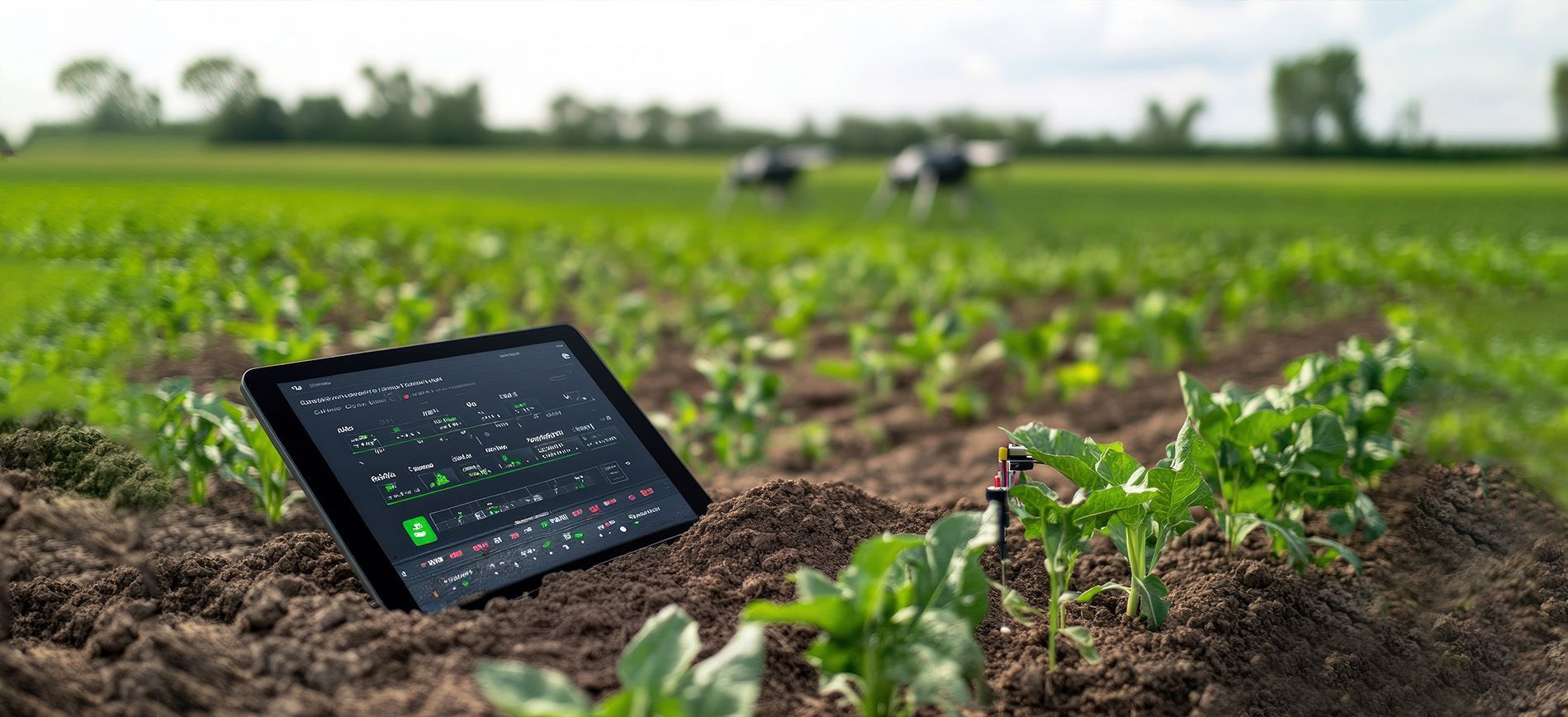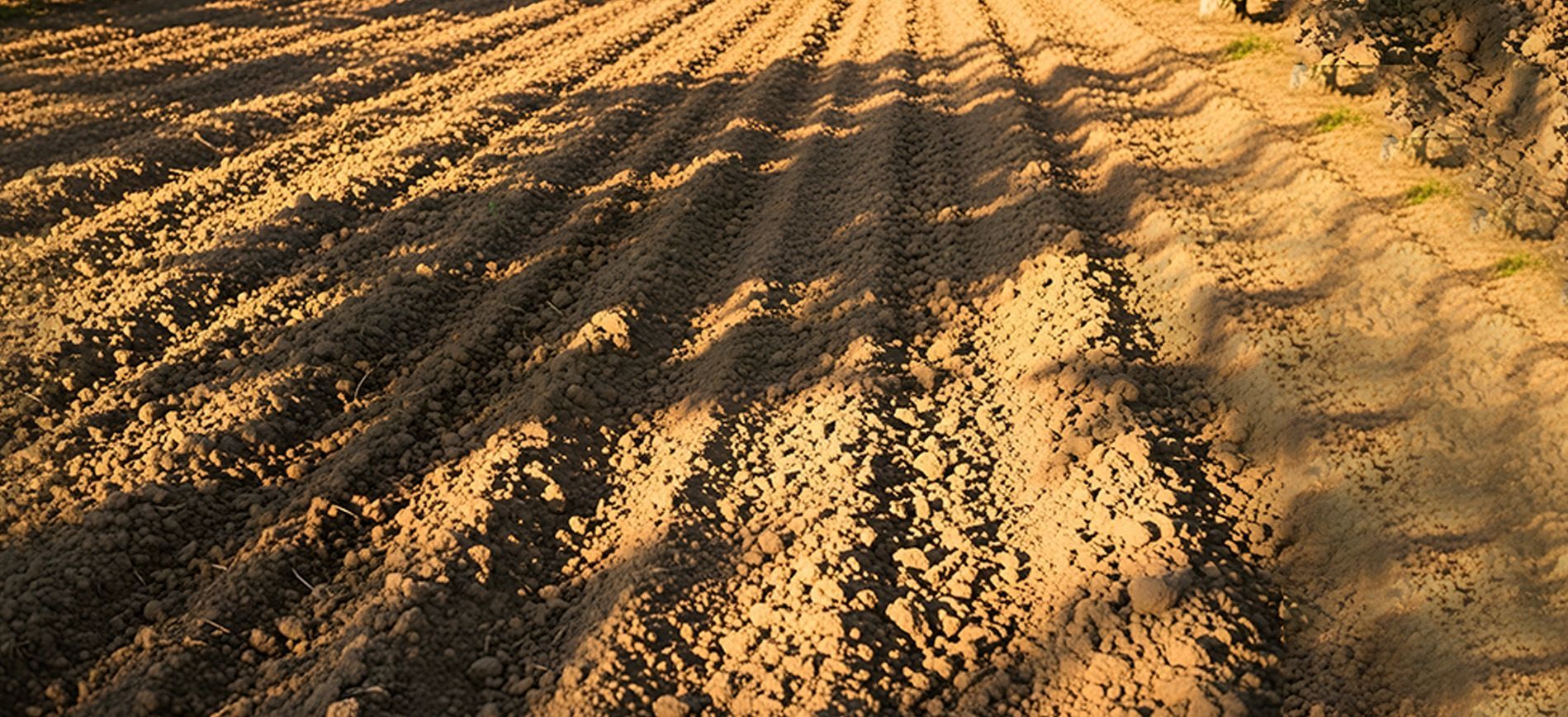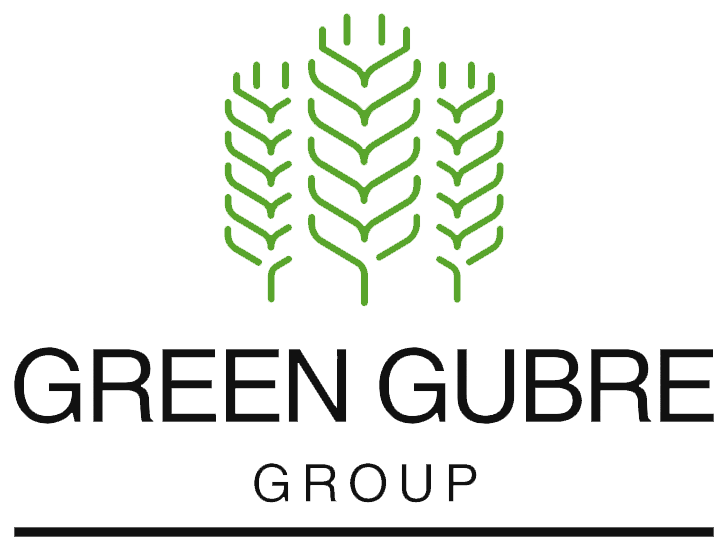The Middle East’s Strategic Role in Global Fertilizer Supply – 2025 Outlook
The Middle East’s Strategic Role in Global Fertilizer Supply
2025 Outlook
The Middle East, traditionally a cornerstone of global energy markets, is set to play a pivotal role in 2025, not just in energy but also in fertilizer production, pricing, and trade flows. Countries like Iran, Saudi Arabia, Qatar, Oman, and the UAE have emerged as giants in fertilizer production, particularly for urea, ammonia, sulfur, and increasingly NPK blends.
The Middle East's
abundance of natural gas, the primary feedstock for nitrogen fertilizers, and its
geostrategic position connecting Europe, Asia, and Africa make it uniquely powerful. This blog explores the region’s production capacities, trade patterns, and emerging trends such as the shift towards green fertilizers and the increasing role of technology, while highlighting how Middle Eastern exporters adapt to global shifts in demand, regulation, and climate strategy.

Fertilizer Production Capacity: A Nitrogen Powerhouse
The Middle East hosts some of the largest fertilizer complexes in the world, with massive outputs of granular and prilled urea, ammonia, and ammonium sulfate. These countries benefit from low-cost gas, government-supported infrastructure, and proximity to key ports.
Key Producers and Capacities (2025):
| Country | Key Products | Major Producers |
|---|---|---|
| Iran | Urea, Ammonia, Sulfur | Pardis, Kermanshah, Shiraz, Lordegan |
| Saudi Arabia | Urea, Ammonia, Phosphates | SABIC Agri-Nutrients, Ma’aden |
| Qatar | Urea, Ammonia | QAFCO |
| Oman | Urea | Oman India Fertilizer Company (OMIFCO) |
| UAE | Sulfur, NPK | ADNOC, Fertiglobe (Abu Dhabi) |
The Middle East as a Fertilizer Export & Re-Export Hub
With massive port infrastructure and ideal shipping lanes via the Persian Gulf, Red Sea, and Arabian Sea, Middle Eastern suppliers serve as critical nodes in global fertilizer distribution.
Major Export Destinations:
- Africa: West Africa (Togo, Nigeria, Ghana), especially, imports urea and NPK blends from Iran, Oman, and the UAE.
- India: A top importer of urea from Iran, Qatar, and Oman through annual government tenders.
- Southeast Asia: Indonesia, Vietnam, and the Philippines import granular urea and ammonia.
- Europe: Imports CBAM-compliant products from Saudi Arabia and UAE via Red Sea routes.
Middle Eastern exporters often act as
re-export platforms for Asian producers, blending and re-shipping fertilizers to optimize logistics and pricing.
2025 Trends: Strategic Shifts and Regulatory Adaptation
As fertilizer markets evolve, Middle Eastern producers take strategic steps to remain competitive and sustainable.
1. Long-Term Supply Contracts:
- Countries like India and Pakistan are locking multi-year contracts with Iran, Qatar, and Oman to secure urea at discounted FOB prices.
2. Focus on Green Fertilizer Initiatives:
- Saudi Arabia and the UAE are piloting green ammonia plants. These plants produce ammonia using renewable energy sources like solar and hydrogen, thereby reducing carbon emissions and contributing to sustainability in the fertilizer industry.
- Iran uses enhanced process controls and gas efficiency to test carbon reduction in its urea facilities.
3. Adjusting for CBAM (Carbon Border Adjustment Mechanism):
- Producers in the UAE and Oman are starting to
certify emissions and
register for EU verification systems to avoid trade barriers when exporting to Europe.
4. Reinvestment in Infrastructure:
- Ports like Bandar Abbas (Iran), Dammam (Saudi Arabia), and Sohar (Oman) are expanding bulk fertilizer handling terminals.
Bagging and blending units are being established at re-exporting hubs for value addition.
Scientific Edge: Middle East’s R&D Push
While known for scale, Middle Eastern producers are increasingly investing in research and development:
- Controlled-release urea technologies are being developed to minimize environmental runoff.
- Customized NPK blends are being tested for African and Indian soil profiles.
Iranian scientists are researching
urease inhibitors and
bio-based stabilizers for improved nitrogen use efficiency.
Geopolitical Influence and Resilience
Despite facing significant challenges such as sanctions and logistical barriers, particularly in Iran, the region has shown remarkable resilience. The Middle East has managed to maintain its export strength by leveraging bilateral trade agreements (e.g., Iran-Iraq, Iran-Turkey, GCC-Africa partnerships).
The rise of
freight flexibility (FOB to CIF deals) and
localized partnerships (like Iranian cooperation with Togolese distributors) is helping Middle Eastern players withstand market shocks and increase resilience.
Outlook: Middle East Will Remain an Anchor of Global Supply
In 2025 and beyond, expect the Middle East to:
- Remain a top 3 global exporter of nitrogen fertilizers.
- Increase its role as a sustainability partner, especially for African and Asian nations seeking affordable, eco-compliant fertilizers.
The Middle East is set to lead
price discovery in markets such as Africa, South Asia, and Southeast Asia, mainly due to its dominance in FOB-based contracts. This further solidifies the region's influence in the global fertilizer market.




